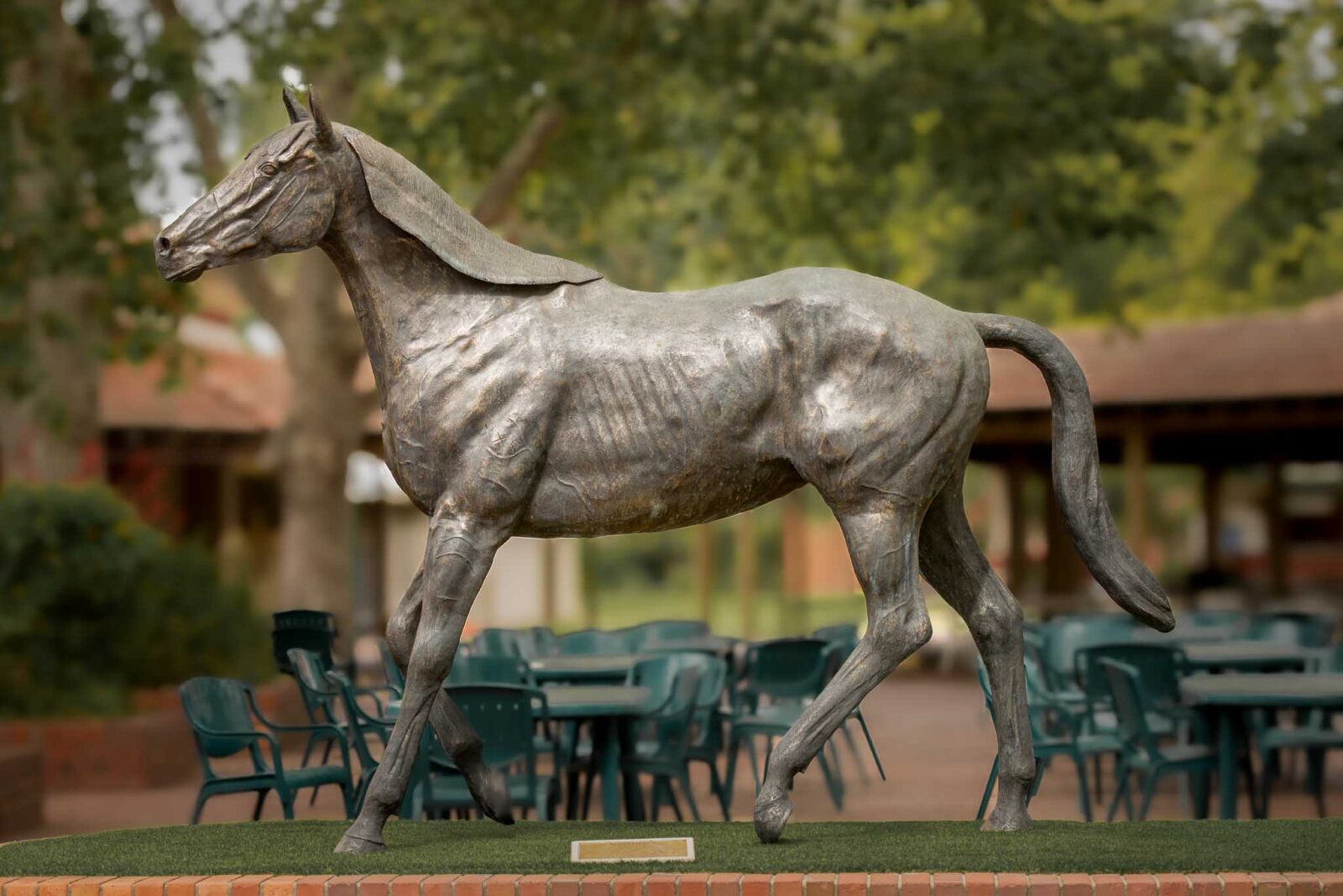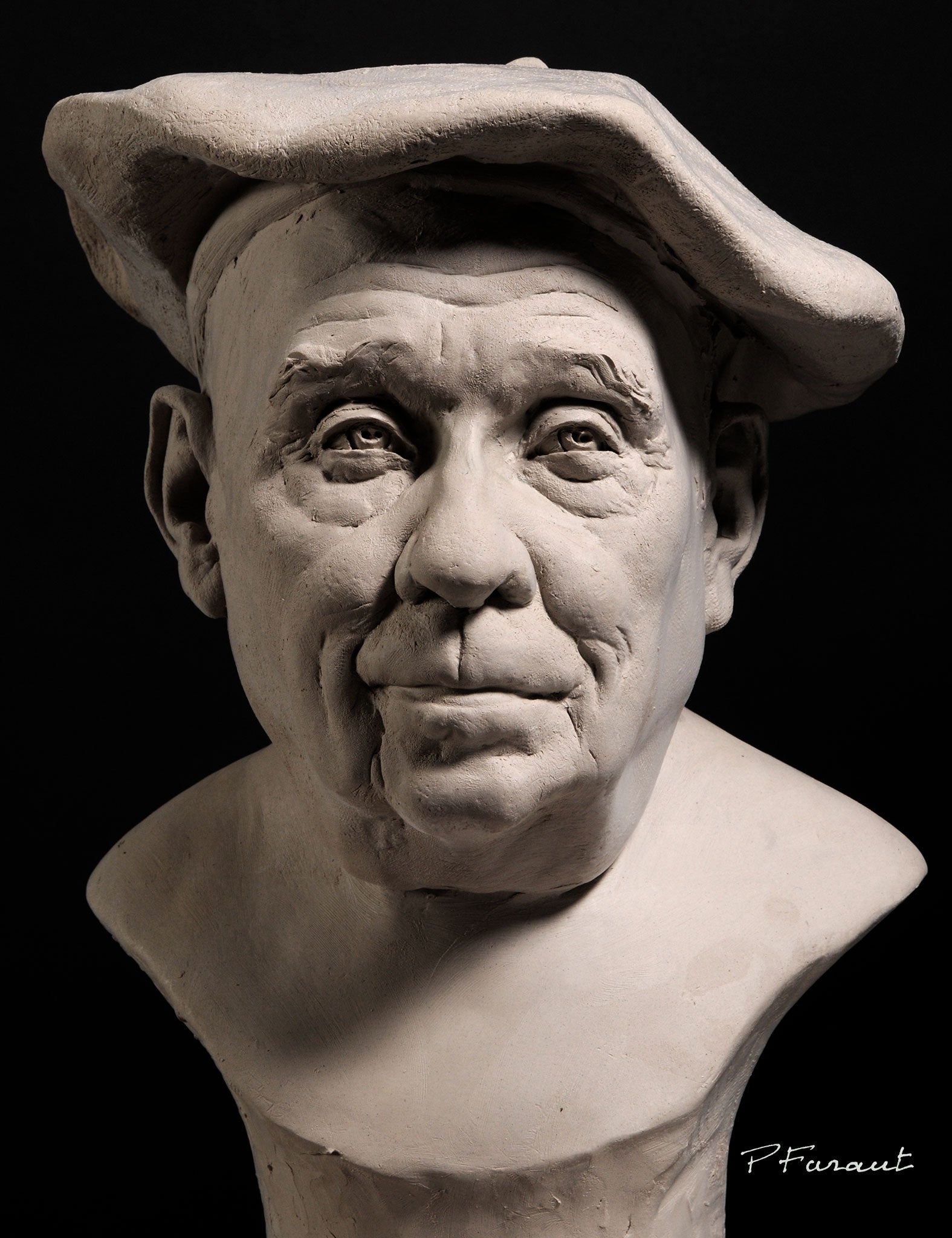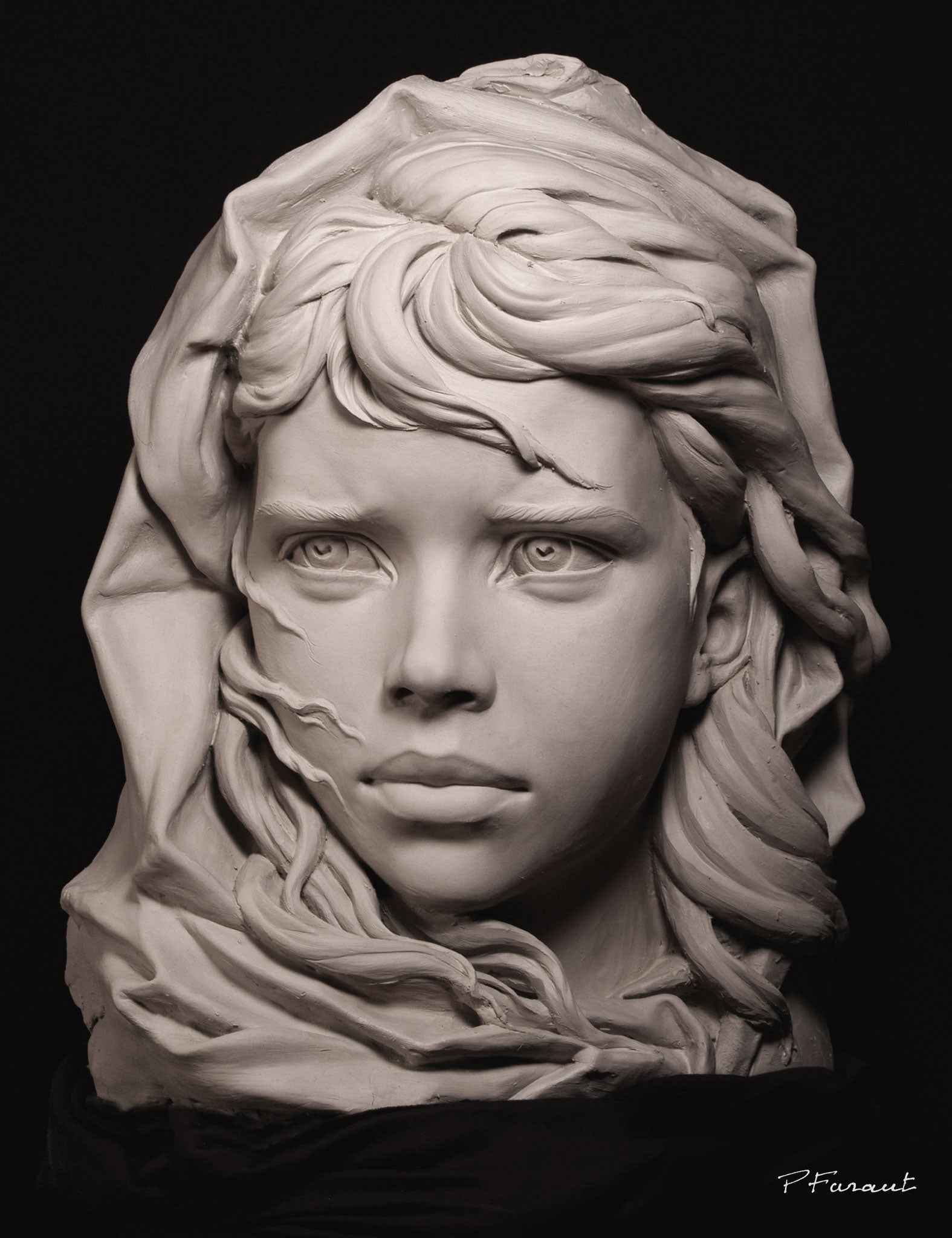The Development of Sculptures: From Old to Modern
The Advancement of Sculptures: From Old to Modern. Robert C Hitchcock Sculptor.
Sculpture, one of the earliest forms of art, has been an important component of human world for centuries. From the ancient worlds of Egypt and Greece to the modern-day era, sculptures have advanced, reflecting changes in creative methods, materials, and cultural influences. This journey via time traces the growth of sculptures, discovering the shifts in vogue, subject, and creative expression.
Starting with the ancient globe, sculptures crafted from stone and later on bronze caught the significance of divine beings, rulers, and everyday life. The Renaissance period observed a revival of classic sculpting strategies, as musicians sought to replicate the graceful forms of ancient Greek and Roman sculptures (Robert C Hitchcock Sculptor). In the modern period, musicians challenged traditional borders, accepting abstraction and experimentation with brand-new products
This exploration will certainly dig right into the varied evolution of sculptures, revealing the abundant tapestry of artistic expression throughout different periods and cultures.

Old Sculptures: From Stone to Bronze
Ancient sculptures transitioned from being taken of rock to being cast in bronze. This change marked a significant development in the art of sculpture, permitting better refinement and detail in the ended up works. Stone sculptures, while impressive in their very own right, were limited by the nature of the product. Rock required considerable shaping and sculpting, commonly resulting in a more streamlined depiction of the subject.
The introduction of bronze as a medium for sculptures caused a revolution in imaginative expression. Bronze used sculptors the chance to produce detailed and lifelike kinds that were not possible with rock. The procedure of casting bronze permitted the development of numerous copies of a sculpture, enabling larger distribution and conservation of these imaginative masterpieces.
The transition from stone to bronze also saw a shift in the topic of sculptures. While stone sculptures mainly shown gods, sirens, and mythical numbers, bronze sculptures began to show a wider variety of subjects, including everyday people and pets. This expansion of subject showcased the flexibility and adaptability of the bronze medium.
Renaissance Revival: Shaping in the Timeless Design
The Renaissance rebirth of sculpture observed a resurgence in the timeless design, building upon the innovations made throughout the shift from stone to bronze in ancient sculptures. During this duration, artists sought to recreate the classical aesthetic and perfects of elegance that prevailed in ancient Greek and Roman sculptures.
One of the vital attributes of the Renaissance rebirth was the focus on naturalism and the human type. Sculptors like Donatello and Michelangelo make every effort to catch the anatomical details and expressions of their subjects with extraordinary precision. They studied the body and integrated their monitorings into their sculptures, causing realistic and sensible depictions.
Another vital element of the Renaissance rebirth was the exploration of perspective and deepness. Artists made use of strategies such as contrapposto, where the weight of the body is moved away, developing a sense of activity and dynamism. They also explore different materials, including marble and bronze, to accomplish a level of class and intricacy in their sculptures.

Innovation and the Avant-Garde: Breaking Traditional Borders
During the Innovation and Avant-Garde movements, sculptors pressed the borders of conventional imaginative conventions. This period, which arised in the late 19th and early 20th centuries, saw a remarkable change in the means artists came close to sculpture. Turning down the notion of art as simple replica, modernist sculptors sought to check out new forms, materials, and ideas.
Among the key attributes of modernist sculpture was the focus on abstraction. Sculptors moved far from practical depictions and instead concentrated on catching the significance of the subject with simplified types and geometric shapes. This departure from typical depiction allowed artists to express their emotions and ideas in a much more subjective and individual fashion.

Contemporary Sculptures: Discovering New Materials and Concepts
With a concentrate on discovering brand-new products and concepts, contemporary sculptures have revolutionized the field of art. Artists today are pressing the limits of typical sculpture by experimenting and utilizing innovative materials with abstract concepts. These sculptures challenge traditional concepts of definition, type, and materiality, inviting customers to engage in a new and thought-provoking creative experience.
Contemporary carvers are welcoming a wide variety of products, consisting of plastic, glass, steel, and even raw material. They are not limited to the traditional medium of stone or clay, enabling higher civil liberty and experimentation. This shift in the direction of non-traditional materials has opened brand-new possibilities for artists to create sculptures that are dynamic, interactive, and visually striking.
Along with discovering brand-new materials, contemporary sculptures likewise delve right into complex and abstract concepts. Musicians are now exploring motifs such as identification, social concerns, and the environment, using sculpture as an effective medium for social commentary and self-questioning. These sculptures challenge audiences to think critically and engage with art on a much deeper level, sparking discussions and provoking psychological reactions.
International Impacts: Sculptural Traditions From All Over The World
Sculptural customs from various areas of the globe have substantially shaped the development of sculptures throughout history. The worldwide impacts on sculpture have varied and have actually added to the splendor and variety of artistic expressions. From the old people of Egypt, Greece, and Rome to the intricate makings of Asian cultures, each area has created its distinct sculptural practices that have influenced musicians across time.
In old Egypt, sculptures were created mainly for funerary and religious functions. The renowned sculptures of gods and pharaohs, such as the Great Sphinx and the bust of Queen Nefertiti, display the Egyptians' proficiency of rock carving and their belief in the immortality.

In old Rome, sculpture served both imaginative and political objectives. Roman sculptures usually illustrated emperors, generals, and mythological figures, showing the power and grandeur of the empire. The marble sculpture of Augustus of Prima Porta and the huge Arch of Constantine are significant instances of Roman sculptural achievements.
Asian sculptural traditions, particularly in India, China, and Japan, have also had a profound influence on the development of sculptures. Japanese sculptures, affected by Buddhism, highlight simplicity and serenity, seen in the peaceful statues of Buddha and the elegant art of bonsai.
The international impacts on sculpture remain to progress in the contemporary age. Artists today draw ideas from numerous sculptural customs, integrating new products, strategies, and ideas to develop thought-provoking and cutting-edge art work. The combination of different cultural influences has generated a dynamic and varied sculptural landscape, mirroring the interconnectedness of our international society. As we look to the future, it is particular that the worldwide influences on sculpture will certainly remain to shape and redefine this old art type.
Conclusion
In conclusion, the development of sculptures has actually seen a shift from old rock and bronze works to the classic rebirth during the Renaissance. Today, modern sculptures discover brand-new materials and ideas, while additionally drawing motivation from international sculptural traditions.
From the old human beings of Egypt and Greece to the modern age, sculptures have actually evolved, showing adjustments in imaginative techniques, materials, and cultural impacts.Starting with the old world, sculptures crafted from stone and later on bronze recorded the significance of deities, rulers, and daily life.Old sculptures transitioned from being carved out of rock to being cast in bronze. While stone sculptures mainly shown gods, goddesses, and mythical numbers, bronze sculptures started to show a broader range of subjects, including daily individuals and pets.In verdict, the evolution of sculptures has seen a shift from ancient rock and bronze works to the classical revival during the Renaissance.